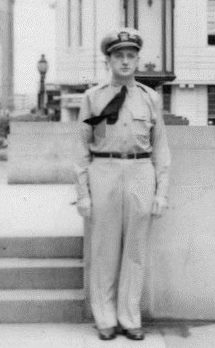Welcome to the third post in the “Section 22 Week” count down to the Bilge Pumps podcast with the Section 22 Special Interest Group e-mail list. By way of background, the Section 22 ‘SIG’ started in March 2015 with myself as list administrator and later as the groups cloud drive guru. The list accomplished it’s goal of mapping the Australian, New Zealand and American archives for Section 22 materials in early 2020 with the publication of Craig Bellamy’s doctoral thesis.
Since early 2020 my goal for the list has been to get this material wider visibility in the WW2 history community. By posting Section 22 materials from that thesis, and other list research, consistently on Twitter, I earned the list an invitation to the Bilge Pumps naval affairs podcast on the CIMSEC web site. That podcast is due to go up on their site 24 Feb 2021.
Today’s post will include slides 30 through 48 of 82 of the Section 22 information packet. This will include a spotlight on Section 22’s third Assistant Director, Cmdr. J.B. Jolley, USN reserve.

Commander J.B. Jolley USNR was with Section 22 early – at least from Oct 1943 from documents Craig Bellamy found in the Australian national archives. Current Statement #48 dated 24 October 1943 states that USN submarines (unnamed, darn it!) were being fitted with radar intercept receivers at that time. Cmdr. Jolley then ran Section 22 for a short time before and during the Leyte campaign (from about 4 September 1944 until at least the 10 Nov 1944) until his health failed. Yet that time, Section 22’s efforts under his leadership made its biggest contributions of WW2 and Jolley demonstrated a level of moral courage in his leadership that was unmatched in the Pacific War.
Yet, despite much research, our list has never found Cmdr Jolley’s first and middle names to go with his initials. This anonymity was part of the price Jolley paid for his moral courage as a leader, for he crossed Admiral Ernest King on the issue of Japanese radar tracking US ships and planes through their Mark III identification friend or foe (IFF) systems.
See Jolley’s IFF procedure at this link — ibiblio.org/hyperwar/USN/r at paragraph 11. IFF PROCEDURE sub-paragraph f. which is named in slide 30 below.
Adm. Turner, CENPAC’s amphibious forces commander, did not include anything like it in his Iwo Jima or Okinawa attack plans. And he knew far better…but did not want to draw Adm. King’s attentions.
To understand the context here, you have to know that electronic IFF was the US Navy’s technological turf in WW2. The U.S. Navy had created an IFF system before WW2, but the UK’s Mark III IFF was chosen for the sake of Allied commonality. And with radar centralized under Adm. King, IFF was part of his personal fief. King’s actions in the “Great South Pacific IFF Visitation” in Jan – Mar 1944 versus Section 22 made the combat failure of the Mark III IFF a failure in the same class as the Mark 14 torpedo and his own very personal tar baby.
Adm. King’s CIC magazine did not admit to what Jolley wrote into the Sept 1944 7th Fleet Leyte invasions until the March 1945 issue. Far too late for the intimidated Adm. Turner to add Cmdr. Jolley’s technique into the Okinawa invasion plans.
The combat failure of the Mark III IFF had to be made to go away…and it did…but that story is for coming “Section 22 Week” posts and slides.